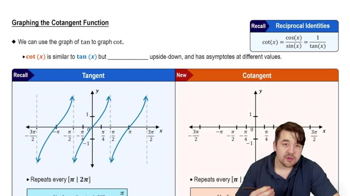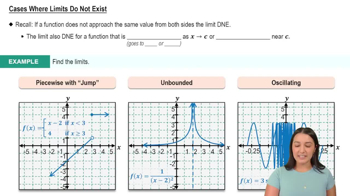Graphing functions Use the guidelines of this section to make a complete graph of f.
f(x) = x³ - 6x² + 9x
 Verified step by step guidance
Verified step by step guidance Verified video answer for a similar problem:
Verified video answer for a similar problem:



 11:41m
11:41mMaster Summary of Curve Sketching with a bite sized video explanation from Patrick
Start learning